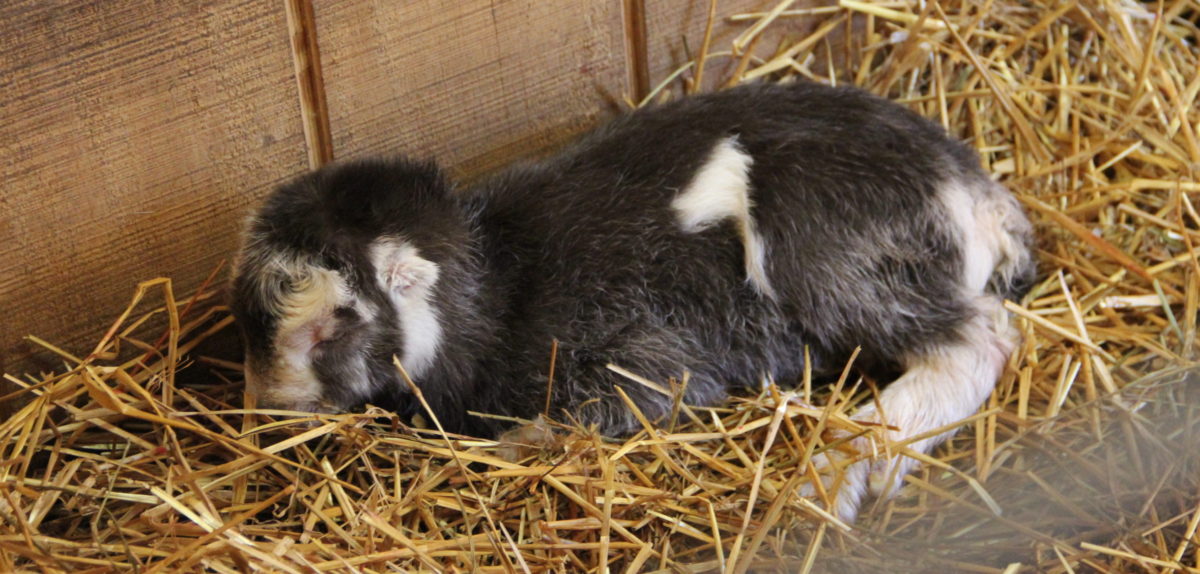Hi Folks. This is a test, and I’m hoping that you don’t see it. I am trying to figure out a way to keep this post (The Daily Slog) as a sort of journal, one that I can add to in bits and pieces without notifying everyone who has signed up every time I add a paragraph or a picture. I want the posts to be available for anyone who is interested, but I don’t want to clutter up people’s email with (what I think of as) unnecessary alerts.
If you do get this notice, then I need to look for other options.
Back to Mud- Friday, Jan 24
We are back to rain and temps in the mid-40s. I got the 210 gallon rain-water tank repaired, and yesterday’s rain filled it up again. The sheep yard has melted, and we’re back three or four inches of mud. Every time I take a step my foot slips an inch or two.
It rained most of the day yesterday, not hard, but steady. The ground is saturated, there’s standing water every where. Last night about 8:00, it was still drizzling, and I was trying to get Mike up to the barn to feed him. My goal was to get him to spend the night there. He’s big dog, about 8 years old, and is starting to suffer from hip dysplasia, so I try to get him to sleep in the barn when it’s either very cold or very wet.
Anyway, I was carrying his bowl, his food, and a flashlight in one hand and had Bobo on a leash in the other, and as I was trying to get Mike to get up and come with me, I slipped, fell, and covered the entire left side of my jeans in a thick coat of mud.
I guess the sight of me hitting the ground spurred Mike, and he got up (a bit of a struggle) and lumbered to the barn. By that point, wet, muddy, and mad, I locked him in with the goats and came down to change pants for the third time that day.

Frozen Morning – Monday, Jan. 20
It was 19 degrees when we woke up this morning at 5:30. After a couple cups of coffee and perusing the daily news we went out to feed. (Big news is that The New York Times endorsed both Elizabeth Warren and Amy Klobachar, arguing that the Democrats are still determining the direction of the party, and they feel that Warren and Klobachar represent the best options for either direction. Fine by me.)

The first problem I noticed was that the valve on our 210 gallon rain tank had busted/burst (take your pick–I’m still trying to determine the direction of this blog) and about half of the water had spilled and frozen onto the surrounding ground. That’s not as big a problem as it might seem. The valve and pipe that froze are made of PVC, cost about five bucks, and shouldn’t take more than fifteen minutes to replace. The biggest headaches will be driving into town to get the parts and waiting for the ice to melt so I can get to it.

The second problem related to the cold was that the chick water was frozen, despite the fact that last night I set the container inside their coop under a heat lamp. The chickens’ water container was frozen, too, even though it’s heated electrically and was plugged in. This is potentially more expensive than the frozen PVC valve. Also, in case you’re wondering, yes, we have two chicken coops and two sets of chickens–Boomers and Millennials. Or Centrists and Progressives. They have their disagreements, but their unifying goal is a desire to keep the Fox away.
The sheep, of course, were screaming for their grain–normally people think of sheep as quiet animals. Not ours. If we’re late to feed (by late I mean, after dawn), they stand at the fence and bleat. Baah! Baah! Baah! Give us our grain! Where are you! Come on, Old Man! Hubba! Hubba! This morning, because of the cold and the lengthy NYT endorsement, the sheep were on a rampage.

Despite the problems, it was a good morning. The ground is frozen, and I could walk all the way back to Ram-Shackle without stepping in mud. There was little bits of snow in the air, like tufts of dried dandelion, and the barnyard and pasture had a sort of gray, bleak beauty.
We’ve had so much warm, wet weather this winter that I walk through two or three inches of mud every morning and every evening to feed the bleating sheep. The cold is a nice change.















